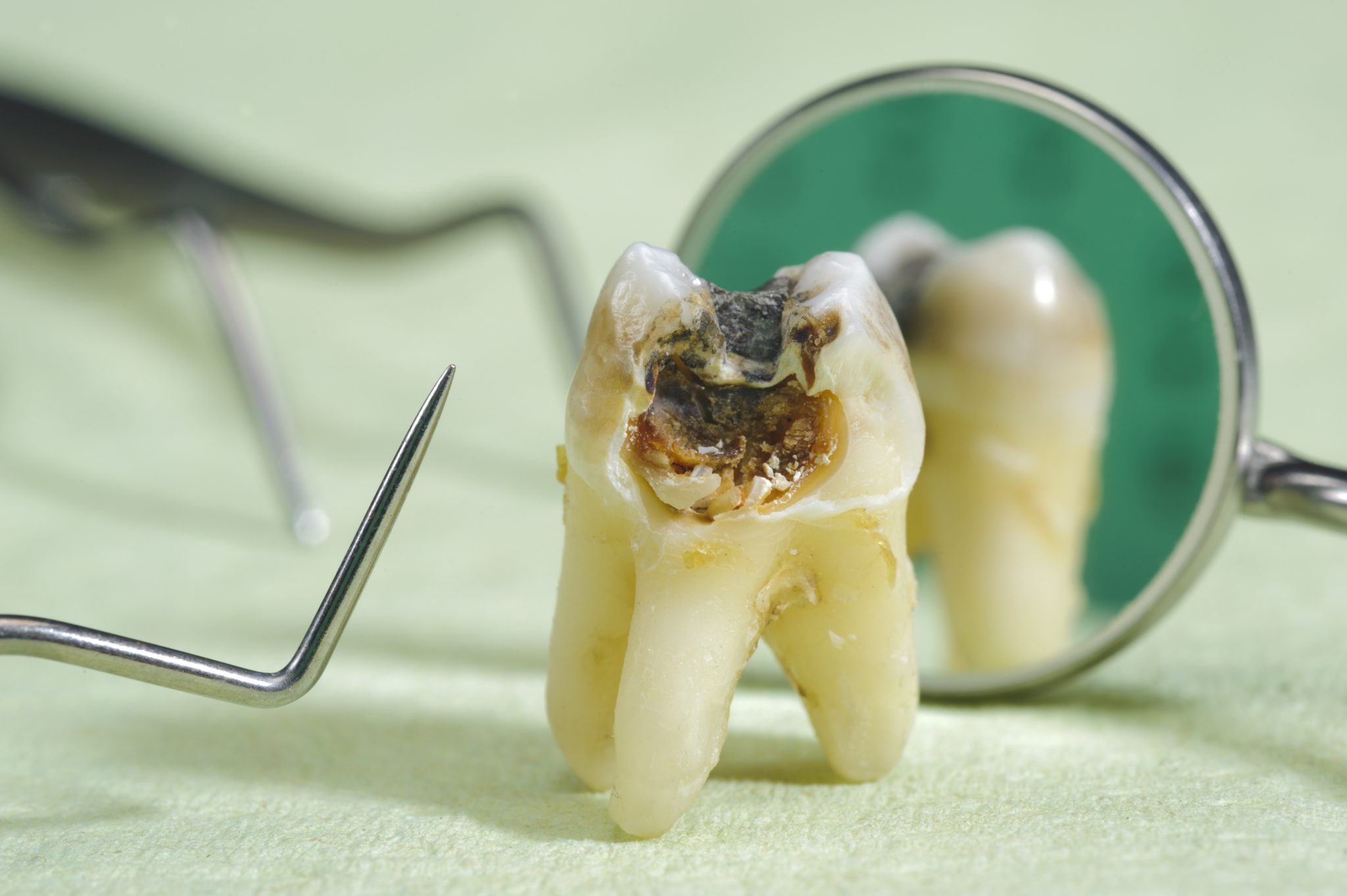Survival of the Strongest
NewsPosted by: Dental Design 29th March 2019

Mark Allen on restorative dentistry and choosing the right kind of material for maximum success…
Patients must be briefed on the range of factors that can compromise the stability of their restoration, and some of these factors will be unique to them.
Failed restorations can be painful, as well as inconvenient, requiring return visits to the dentist. There is also the emotional impact of having gone through the process of fixing a damaged tooth, committing to the time and cost involved, then the treatment going wrong.
Patient-related factors include their caries index (a low caries index means a longer lifespan), which will be dependent on their willingness to maintain good oral hygiene. Secondary caries are a primary reason for restorations needing to be replaced; these are lesions at the margin of an existing restoration, occurring in areas of plaque stagnation. Validating a diagnosis of secondary caries can be problematic; moreover, they cannot always be completely avoided either. Good preventive habits at home – effective brushing using the correct technique, in-between attending regular appointments – is key to inhibiting their development. Other patient variables include age, with older patients who may have had decades of dental treatment and disease being more likely to see their restoration fail sooner rather than later. Tooth position is also important; posterior teeth tend to have a lower survival rate than anterior teeth, because they work harder grinding food.
Procedure, technique, skill and experience, as well as the tools and materials that you use – these are all fundamental to success. Technique and materials are often closely linked; as new materials are made available, procedures often have to be adapted to suit. The products available to restorative dentists can appear overwhelming – as the demand for this kind of treatment has increased, suppliers have developed new products to meet it. For context, the market for restorative dentistry is expected to grow to £19.2 billion by 2025.
The amalgam question cannot be overlooked either. Although amalgam is considered a safe option, it is being phased out and there are restrictions as to its use, which were introduced in July 2018. Regardless of the new guidelines, more patients will be reluctant to have amalgam restorations placed anyway, due to this material’s ‘bad press’ and also their knowledge of more aesthetically pleasing options.
The restorative dentist must look for materials that can help treatment be successful, stable and give good functionality as well as aesthetics. Bulk fill resin composites are proving to be popular, as they give high-quality results for Class I and Class II cavities, as well as reducing treatment time as application is often in one step. At the top end of the market is Fill- Up! from COLTENE that provides thorough and gentle curing. It is safe, with minimal shrinkage, excellent marginal adaptation as well as giving good aesthetics and good value.
Dental restorations don’t last forever; their survival depends on certain criteria being met. Top-level technique and superior material selection will help the restorative dentist meet patients’ high expectations.
To find out more visit www.coltene. com, email info.uk@coltene.com or call 01444 235486.
About the author
Mark Allen is General Manager for Coltene.









